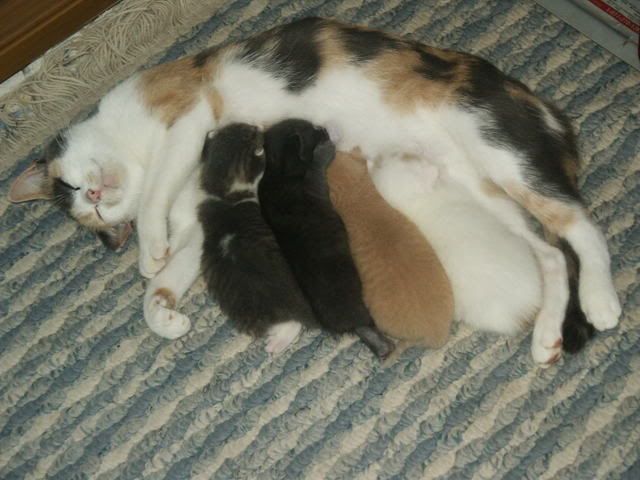
I believe I mentioned this before but to make sure you didn’t miss the news, I wanted to post this…
Scientists at the University of California, Davis, have spent five years collecting swabs and samples of feline saliva, collating and comparing the DNA from 1,100 cats from around the world. They focused on 22 breeds of pedigreed cat and other feral and pet cats from countries including Korea, China, Kenya, Israel, Turkey, Vietnam, Singapore, Sri Lanka, Tunisia, Egypt, Italy, Finland, Germany, the United States and Brazil. By looking closely at 39 genetic markers in the feline DNA, they were able to ascertain which breeds were most closely related and where they were likely to have originated.
This research confirmed findings in earlier studies indicating that the Fertile Crescent, which stretches from Turkey to Northern Africa through the Middle East, witnessed the appearance of domestic cats around 10,000 years ago. Leslie Lyons, one of the leading scientists on the project, said, “Our data support the Fertile Crescent, specifically Turkey, as one of the origin sites of cats.” Cats from Turkey were found to have the most genetic diversity of all the animals studied. DNA accumulates more changes over time, and this led the University of California group to deduce that cats had been in Turkey longer than anywhere else.
Leslie A Lyons of US Davis is researching genetic markers for felines. If you want to participate and find out just what your cat’s DNA connection is to other feline breeds just visit this page for directions and on how to submit a cheek swab to the project. I believe the deal for participating is still valid–you will receive a DNA profile on your cat, a comparison of your cat to the breed and your breed to other cat breeds.
Lyons research was published in Genomics in January of 2008 but you can read more at Science Daily.


